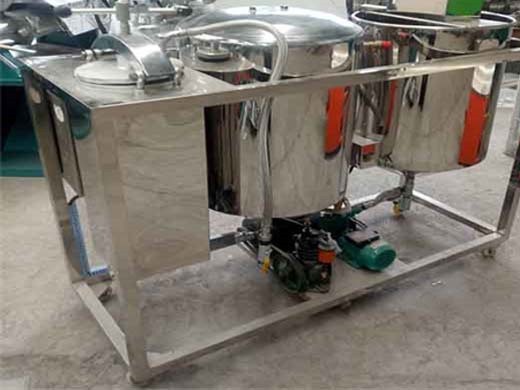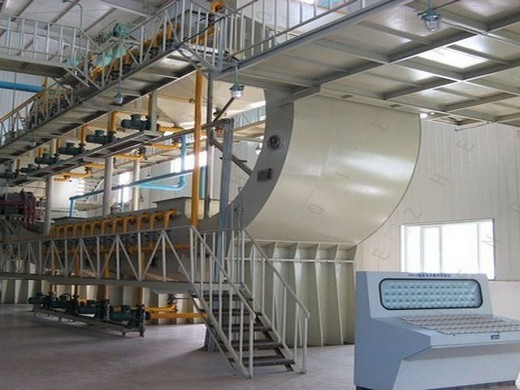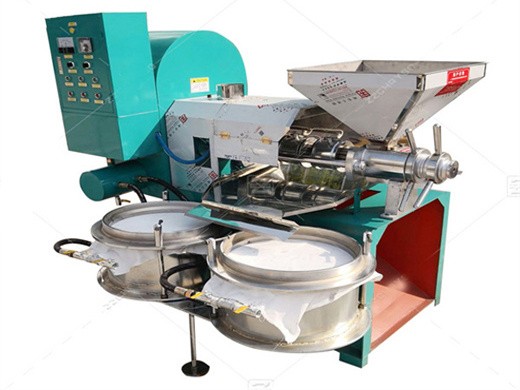factors affecting oil extraction/water adsorption in Naxçıvan
Factors affecting oil extraction/water adsorption
Oil yields gradually decreased with drier corn germ, whereas protein loss increased when corn germ MC was <1.12%. Reducing the number of extraction stages from seven (original SEP) to five did not affect ethanol drying capability, oil yields, and protein co-extracted with oil. Using ethanol/hexane blends resulted in more anhydrous ethanol, higher oil
Factors affecting oil extraction/water adsorption in sequential extraction processing of corn germ Author: Hojilla-Evangelista, Mila P., Johnson, Lawrence A. Source: journal of the American Oil Chemists' Society 2002 v.79 no.8 pp. 815-823 ISSN:
Factors affecting oil extraction/water adsorption
Factors affecting oil extraction/water adsorption in sequential extraction processing of corn germ Article in Journal of the American Oil Chemists' Society 79(8):815-823 · August 2002 with 110 Reads
Abstract The sequential extraction process (SEP) uses ethanol to extract oil and protein from cracked, flaked, and dried corn germ, and the dried corn germ simultaneously dehydrates the ethanol. Value‐added
Factors Which Affect Extent Of Adsorption, Chemistry
Factor Affecting Adsorption. Factors which affect the extent of adsorption . The following are the factors which affect the adsorption, (1) Nature of the adsorbate (gas) and adsorbent (solid) (i) In general, easily liquefiable gases e.g., CO 2, NH 3, Cl 2 and SO 2 etc. are adsorbed to a greater extent than the elemental gases e.g. H 2, O 2, N 2, He etc. (while chemisorption is specific in nature.)
Seven factors are known to influence the fate and behavior of pesticides in soil systems: (1) chemical decomposition, (2) photochemical decomposition, (3) microbial decomposition, (4) volatilization, (5) movement, (6) plant or organism uptake, and (7) adsorption. The phenomenon of adsorption-desorption directly or indirectly influences the
Understanding the factors affecting the adsorption
To evaluate the adsorption efficiency of several adsorbents towards La, desorption and regeneration of adsorbents should be given due consideration. The main objective of the review is to provide an insight into the important factors that may affect the recovery of La using various adsorbents.
1.3 FACTORS AFFECTING ADSORPTION The rate of adsorption onto carbon is slow. Nicol*7* showed that carbon isolated in a stage of a carbon-in- pulp plant had not reached equilibrium after 300 hours. It is for this reason that the rate of adsorption is the most important factor governing the design and optimiza tion of the adsorption circuit. The factors affecting adsorption can be broadly
Treatment of oil–water emulsions by adsorption onto
The main objective of this study is to investigate the oil removal efficiencies of different adsorbents such as PAC, bentonite, and DC from oil–water emulsion. Also the factors affecting their adsorptive nature (concentration, time of stirring) have been examined. The Freundlich adsorption-isotherm and Langmuir adsorption-isotherm models are
Download Citation Optimizing the oil extraction/water adsorption step in Sequential Extraction Processing of corn germ The Sequential Extraction Process (SEP) uses ethanol to extract oil and
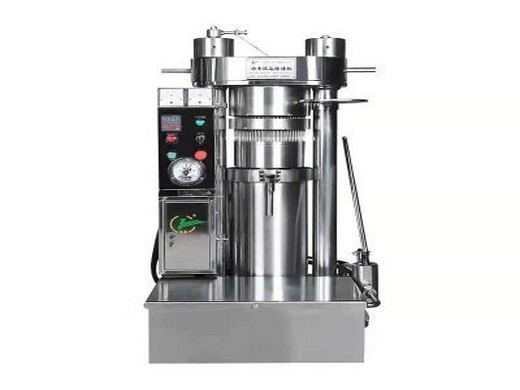
Factors Affecting the Extent of Adsorption
Factors affecting the extent of adsorption. The extent to which adsorption will happen on a solid surface depends on the following factors: Nature of adsorbent. The adsorption of the gas depends on the nature of the adsorbent. A gas can be adsorbed on different absorbent surfaces in different amounts.
Get Price
Data on the treatment of used lubricating oil from two
2.4. Studied factors affecting the characteristics of the treated oil. Many factors were varied in order to study the effect that they would have on the solvent extraction and adsorption process as well as the characteristics of the treated oil. These factors include:
Get Price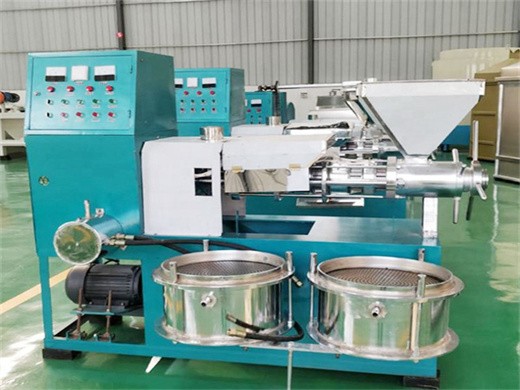
Adsorption/Active Carbon Water Treatment
Adsorption is a process where a solid is used for removing a soluble substance from the water. In this process active carbon is the solid. Activated In this process active carbon is the solid. Activated carbon is produced specifically so as to achieve a very big internal surface (between 500 1500 m 2/g).
Get Price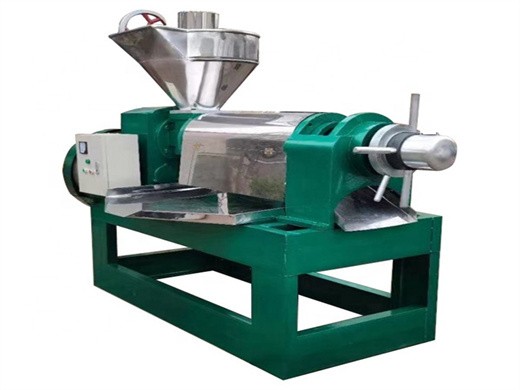
Factors affecting oil and kernel extraction rates.
The main factors affecting the oil extraction rate (OER) and kernel extraction rate (KER) in a palm oil mill are discussed. Some of the parameters used to measure the extraction of oil the oil extraction efficiency (OER), the theoretical oil extraction rate, and the oil yield/ha. The following factors affect the oil content of fresh fruit bunches (FFBs): bunch ripeness; rainfall; sunshine;...
Get Price
FACTORS THAT AFFECT CRUDE OIL VISCOSITY AND
During oil extraction, the high viscosity of crude oil cause major problems, affecting negatively the oil production rate. Many studies have focused on evaluating the properties of different crude oil grades and their production techniques. The main causes of high viscosity are the presence of solids and high concentrations of heavy fractions and the formation of water-in-oil (W/O) emulsions
Get Price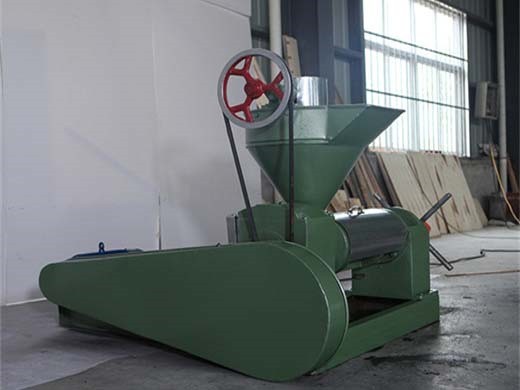
Factors Affecting Adsorption Study Page
The extent of adsorption also depends upon the surface area of the solid. Greater the surface area, more is the surface available for adsorption and greater is the adsorption. Nature of the Adsorbed Gas. The gases which are more easily liquifiable or are more soluble in water
Get Price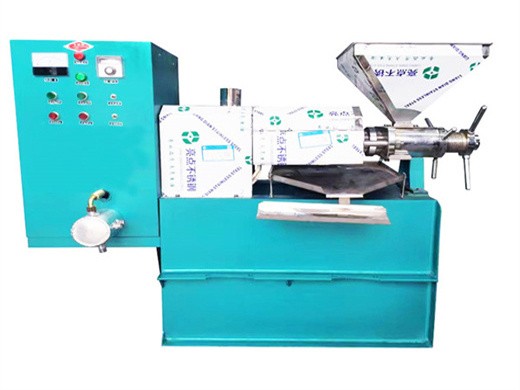
CHAPTER 3 PRINCIPLES OF ADSORPTION
CHAPTER 3 PRINCIPLES OF ADSORPTION 3.1 INTRODUCTION In this chapter the fundamental concepts of adsorption, adsorbent, adsorbate and the factors that influence adsorption were reviewed. In addition, the experimental procedure related to the batch and columns were discussed along with the significance of isotherm and breakthrough curve. 3.2 ADSORPTION Adsorption: “Adsorption” may
Get Price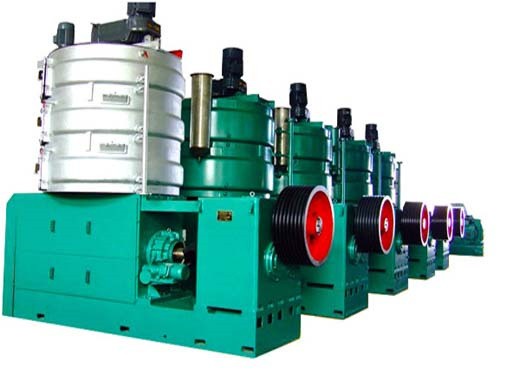
Adsorption at the solid/liquid interface
Adsorption at the solid/liquid interface 4. Factors affecting the ion exchange process The ion exchange process is complicated and therefore it is difficult to be described theoretically. It involves adsorption, absorption, chemisorption and even catalytic reactions. Interpretation of the process takes into account:
Get Price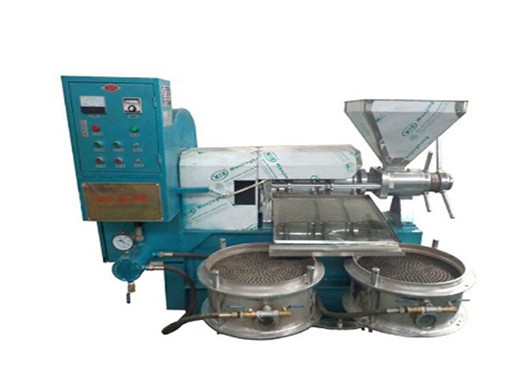
linseed oil extraction process Oil Mill Machinery
Taking 30 t/d strong-flavor flaxseed oil processing production line as an example, the article introduces the strong-flavor flaxseed oil extraction process through pure physical methods of high-temperature baking, mechanical pressing and low temperature filtering, summarizes the key operating points of main processes and equipment selection, analyses the key factors affecting the quality
Get Price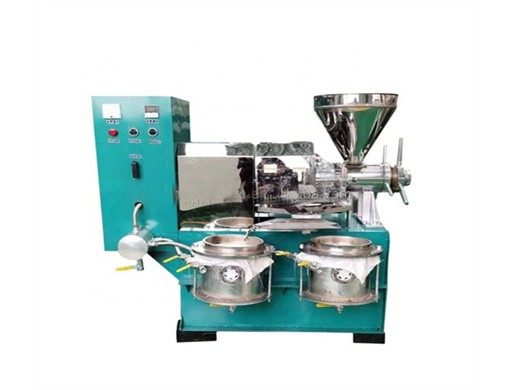
MODELING OF THE EXTRACTION PROCESS OF TEA SEED OIL
The extraction process consisted of two extraction regimes, a fast regime and a slow regime, respectively. In the fast regime, the extraction rate was nearly constant. In the slow regime, the extraction rate decreased rapidly. This may be because there was much oil on the surface of particles after grinding and the remaining oil was
Get Price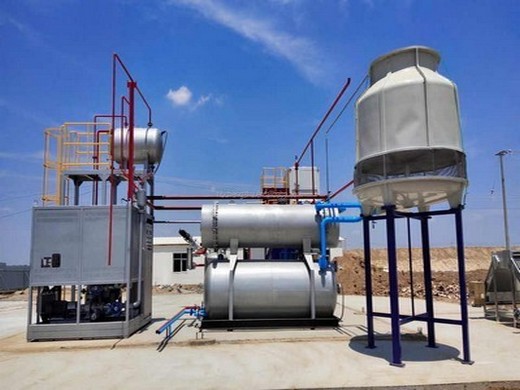
Factors Affecting The Solvent Extraction Technique Issuu
Factors Affecting The Solvent Extraction Technique Published on Aug 11, 2014 Solvent extraction is one such alternative technique which has received considerable attention.
Get Price
Adsorption And Biological Filtration In Wastewater Treatment
UNESCO EOLSS SAMPLE CHAPTERS WATER AND WASTEWATER TREATMENT TECHNOLOGIES Adsorption and Biological Filtration in Wastewater Treatment J. Kandasamy, S. Vigneswaran, T. T. L. Hoang, D.N.S Chaudhary ©Encyclopedia of Life Support Systems(EOLSS) Bibliography Biographical Sketches Summary Over the last few decades adsorption has gained
Get Price
Water in the Oil and Gas Industry American Geosciences
Water is often transported by trucks, which bring water to the oil or gas well for drilling and hydraulic fracturing, and take used or produced water away for treatment, reuse, and/or disposal. In areas with many established wells, pipelines may be installed to transport water, improving efficiency and safety, and decreasing truck traffic.
Get Price
Adsorption of Heavy Metal from Recovered base Oil using
Recovery of used lubricating oil by extraction produced organic sludge and recovered base oil, but this oil has metallic content such as magnesium and zinc. In this study, purification of recovered base oil by using adsorption process to remove heavy metals was performed. Zeolite was used as an adsorbent. The parameters studied were contact
Get Price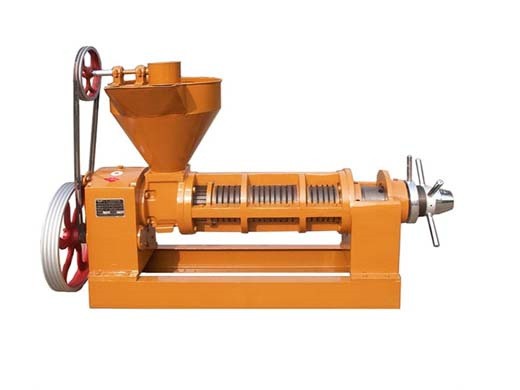
Effective Adsorption of Diesel Oil by Crab-Shell-Derived
to remove emulsified oil from aqueous solutions and the kinetics and equilibrium of the adsorption process have also been studied and analyzed [18]. Okiel et al. investigated the ability of adsorbents to adsorb oil and different factors affecting adsorption properties [19]. Prajapati et al. studied the effects
Get Price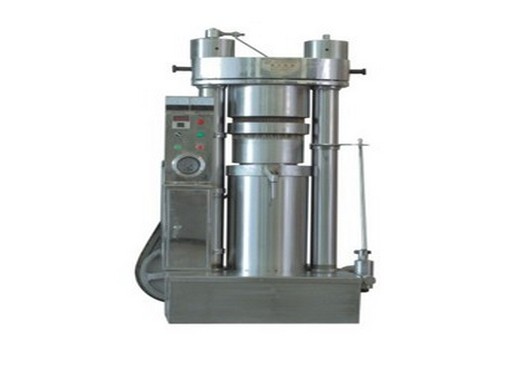
Adsorption, Absorption and Desorption What's the
If the water temperature increases, the equilibrium and solubility are changed, and the oxygen will desorb from the water — lowering the oxygen content. Adsorption and Desorption in Chromatography. Adsorption and desorption are the main processes operating in chromatography. It is the relative rates of adsorption and desorption onto and off
Get Price
Chemical and Physical Effects of Processing Fats and Oils1
able. Four factors have been determined to affect the degree of bleaching of an oil (14). Adsorption of color pig ments by the adsorbent anda reduction in color through oxidationof certain pigments are two favorable factors. Color increases brought about by oxidation of other pig ments and the stabilization of these oxidized pigments
Get Price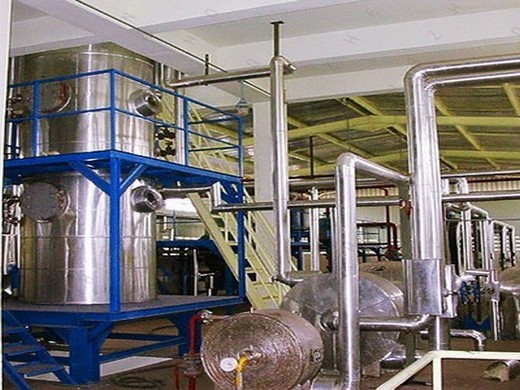
Leaching & Adsorption Resource Book
Introduction to Leaching & Adsorption What is this module about? This unit is about how we manage and conduct leaching and adsorption within the processing plant What will you learn in this module? When you have completed this module, you will be able to: • Demonstrate an understanding of cyanidation theory • Demonstrate an understanding the factors that affect leaching • Demonstrate an
Get Price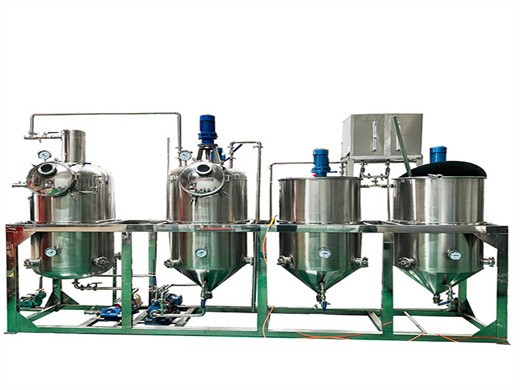
Elution and Carbon Reactivation Resource book
followed by elution with potable water, the gold cyanide complex can be induced to desorb from the carbon and return to solution. The desorption process is also referred to as ‘stripping’. In the CIL circuit, adsorption of gold onto activated carbon is most effective at low
Get Price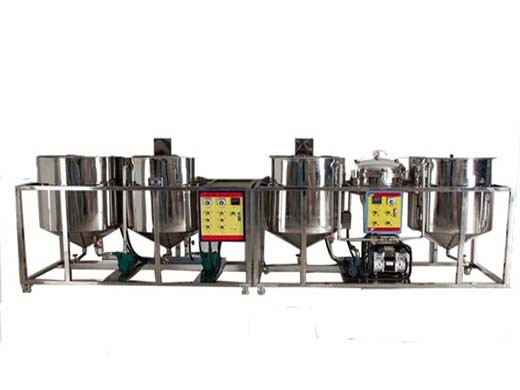
6 Main Factors Affecting Phosphate Fixation in Soil
ADVERTISEMENTS: This article throws light upon the six main factors that affect phosphate fixation in soil. The factors are: 1. Nature and Amount of Soil Components 2. pH 3. Other Ions 4. Organic Matter 5. Temperature 6. Over Liming. Factor # 1. Nature and Amount of Soil Components: Adsorption and desorption reactions are affected by []
Get Price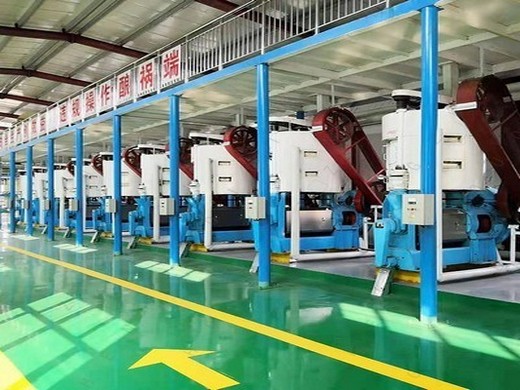
Application of Carbonaceous Material for Remediation
S., and Gamal El-Din, M. “Adsorption of organic matter in oil sands process water by carbon xerogel.” I performed the effect of dose, equilibrium time and kinetics adsorption experiments. I analyzed the oil sands process water (OSPW) pre and post adsorption via extraction of AEF and analysis by FT-IR. I analyzed resulting AEF and naphthenic
Get Price
Solid phase extraction in food analysis
SOLID PHASE EXTRACTION IN FOOD ANALYSIS Review: Professor Józef Kula, Ph. D., DSc. In this study, a Solid Phase Extraction (SPE) as a method of sample preparation has been described. A typical procedure, the mechanisms involved in SPE and factors which affect effectivity have also been discussed. Possible uses of SPE in fragrance and food
Get Price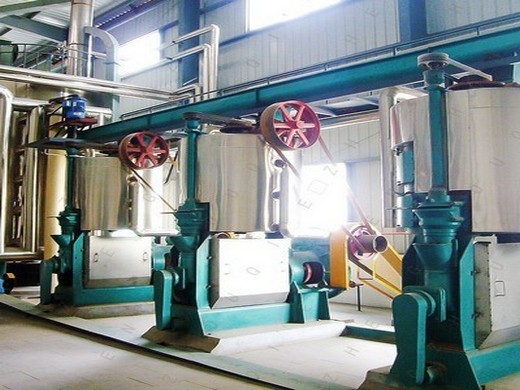
Spontaneous Imbibition of Brine and Oil in Gas Shales
We measure spontaneous imbibition of aqueous (deionized water and KCl solutions of various concentrations) and oleic (kerosene and iso-octane) phases in several dry organic shale samples selected from two wells drilled in the Horn River basin. We find that the imbibition rate of aqueous phases is much higher than that of oleic phases even when plotted versus scaling dimensionless time
Get Price
Adsorption damage and control measures of slick-water
With the increase of pH value, the adsorption capacity decreased gradually, the adsorption capacity increased first and then decreased with the increase The slick-water polymer adsorption damage and control measures in shale were examined using a shale pack model
Get Price
P.T Systems Final (Ch. 15-18) Flashcards Quizlet
P.T Systems Final (Ch. 15-18) study guide by angiliquem includes 69 questions covering vocabulary, terms and more. Quizlet flashcards, activities and games help you improve your grades.
Get Price
Extraction processes
Extraction processes 1. 1 EXTRACTION PROCESSES 2. INTRODUCTION & DEFINITIONS 2 Extraction may be defined as the removal of soluble constituents from a solid or liquid or semi-solid with means of suitable solvent. It may be defined as the treatment of the plant or animal tissues with appropriate solvent, which would dissolve the medicinally active constituents. Extraction
Get Price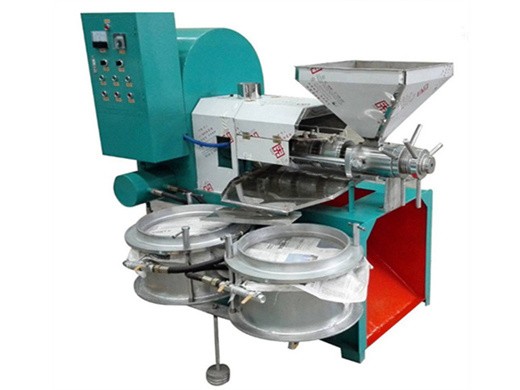
Arsenate Adsorption on Mineral Surface in the Absence
2 and 24 h and is delayed on oil-coated minerals. The adsorption capacity is reduced on oil-coated minerals because of surface area reduction except for montmorillonite where the surface area is increased due to dispersion of the mineral in water. Adsorption increases at lower pH on both natural and oil
Get Price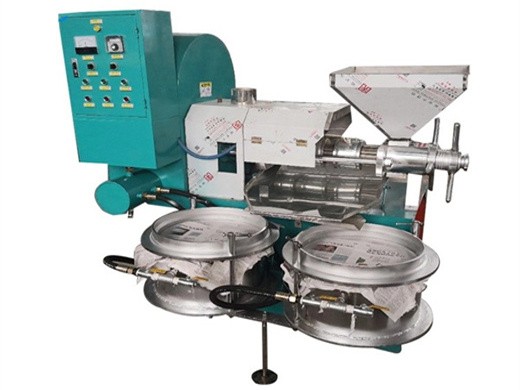
Partition coefficient
The partition coefficient, abbreviated P, is defined as a particular ratio of the concentrations of a solute between the two solvents (a biphase of liquid phases), specifically for un-ionized solutes, and the logarithm of the ratio is thus log P.: 275ff When one of the solvents is water and the other is a non-polar solvent, then the log P value is a measure of lipophilicity or hydrophobicity.
Get Price
